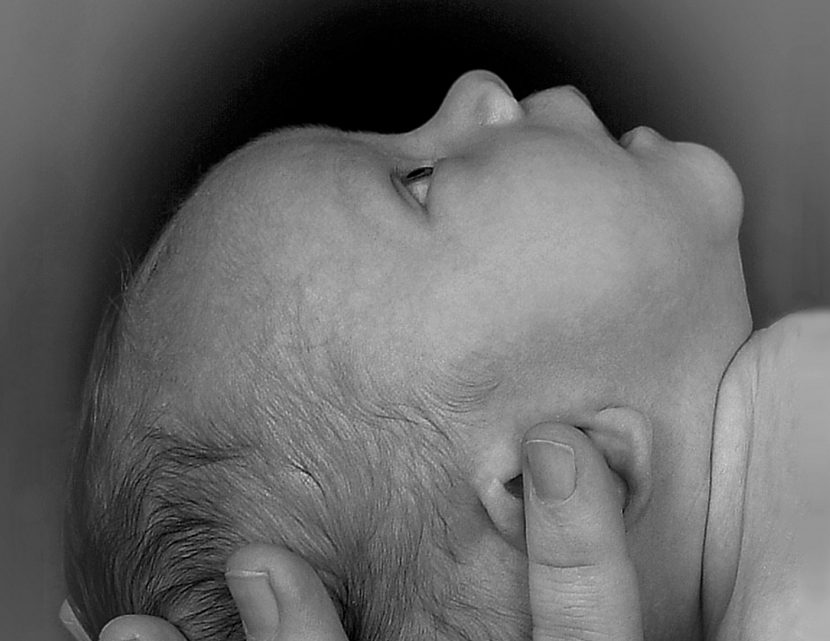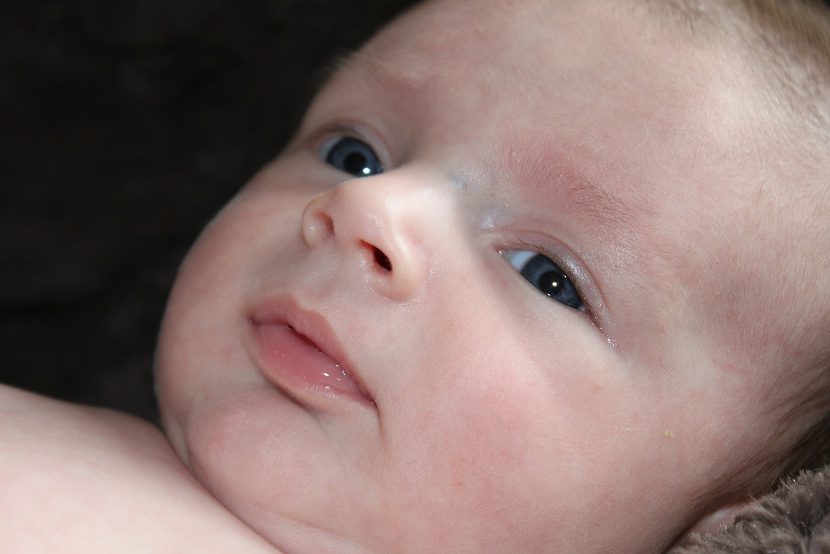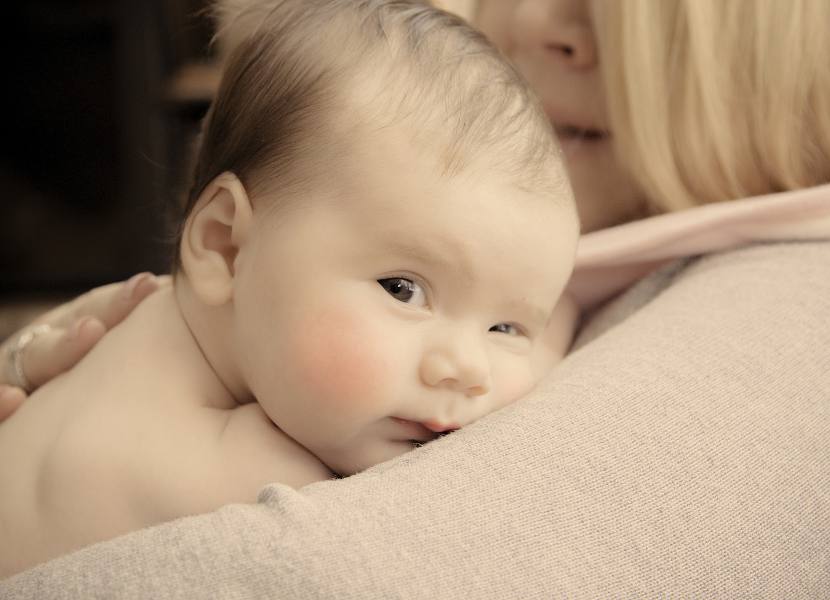
A newborn baby can see the expressions of its parents at a distance of 30 cm. For the first time, researchers have succeeded in reconstructing infants visual perception of the world.
By combining technology, mathematics, and prior knowledge of the visual perception of babies, researchers at the University of Oslo, the largest and most prestigious university in Norway, have succeeded in showing how much a newborn can really see. I will tell you in detail below. Do not miss it!
The results of the study say that a baby 2 to 3 days old can perceive faces, and maybe also the emotional facial expressions, at a distance of 30 centimeters. This is the approximate distance between a mother and her nursing baby. If the distance is greater than 60 centimeters, the visual image is too blurry for the baby to perceive faces and expressions.
El study It was conducted by researchers from the Institute of Psychology at the University of Oslo, in collaboration with colleagues from Uppsala University and Eclipse Optics in Stockholm, Sweden.
Moving images, key to research
The study fills a knowledge gap about the visual world of babies which has been open for several decades. The results may help explain claims that newborns can mimic adult facial expressions during the first days and weeks of life, long before their vision is sufficiently developed to perceive details in their surroundings. The key word is movement.
“Previously, when researchers have tried to estimate exactly what a newborn baby sees, they have invariably used still photos. But the real world is dynamic. Our idea was to use moving images ”, says Professor Emeritus of the Institute of Psychology, Svein Magnussen.
Testing an old idea
Early in his career, Magnussen did research on the visual perception of humans. One day, about 15 years ago, he was discussing with his colleagues the problem of testing whether newborns are really capable of perceiving the facial expressions of the people around them. The researchers agreed that if it was true that babies could see and mimic facial expressions, the reason could be that their faces were moving.
But then, Magnussen and his colleagues had neither the equipment nor the competence to put their idea to the test. The research they just did builds on that old idea that no one has tried until now.
What makes facial expressions intelligible?
To carry out the test, the researchers had to combine the modern simulation techniques with the preview of how babies' vision works. Magnussen comments that a great deal of information was already available on young infants' contrast sensitivity and spatial resolution thanks to behavioral studies conducted, for the most part, in the 80s. At that time, it was discovered that the The presentation of a figure against a uniform gray background caused the babies to direct their gaze towards the figure.
«Figures made up of black and white stripes were used. When choosing a certain bandwidth and frequency, the field appears uniform gray, and the child does not direct his gaze towards it. By changing the width and frequency to compensate for the figures, the facts allow us to determine the exact level of contrast and spatial resolution necessary to make the baby look at the figure. says Magnussen.
In other words, the researchers had access to very accurate information about the vision of newborns. What was unknown to them were the practical consequences of this information.
Movement is easier to see
It is easier to recognize something that is moving than a blurry still photo. The researchers made video recordings of the faces that switched between various emotional expressions, and subsequently leaked information that they knew was not available to newborns. They then let the adult participants watch the videos. The idea was that if adults couldn't identify a facial expression, then it was to assume that a newborn would also be unable to do so.
The adult participants correctly identified facial expressions in three out of four cases when viewing the video from a distance of 30 centimeters. When the distance was increased to 120 centimeters, the participants' identification rate was in line with what one might expect from responding at random. This means that the ability to identify facial expressions based on visual information available to a newborn baby reaches its limit at a distance of approximately 30 centimeters.
For the first time there is a concrete estimate of what a baby sees
"It is important to remember that we have only investigated what the newborn can actually see, not whether they are able to make sense of it." Magnussen points out.
Previous attempts to recreate the visual reality of the newborn baby have generally been based on considering a normal photograph and then blurring it. Magnussen confesses that they have been surprised that no one before them has made use of the detailed information we have about the visual perception of babies. Therefore, this is the first time that we have a concrete estimate of the visual information available to the newborn baby.


